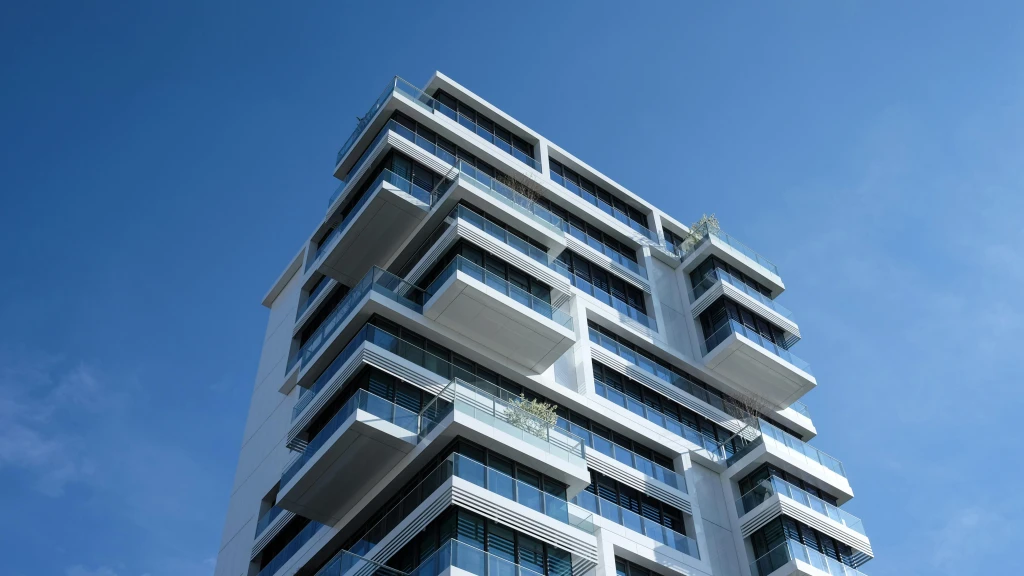Legal Aspects of Owning and Leasing Real Estate in Canada
Visits: 693

Legal Aspects of Owning and Leasing Real Estate in Canada
Owning or leasing real estate in Canada involves navigating through various legal aspects. Understanding these aspects is crucial for both new and seasoned entrepreneurs. This guide breaks down the key points in simple terms, making it easier for you to make informed decisions.
Table of Contents
- Introduction to Real Estate in Canada
- Types of Real Estate Ownership
- Legal Process of Buying Property
- Leasing Property: Key Considerations
- Rights and Responsibilities of Landlords and Tenants
- Important Legal Documents
- Taxes and Fees
- Frequently Asked Questions
1. Introduction to Real Estate in Canada
Real estate in Canada can be broadly categorized into residential, commercial, and industrial properties. Whether you’re buying or leasing, each type comes with its own set of rules and regulations.
2. Types of Real Estate Ownership
In Canada, there are several types of property ownership:
- Freehold Ownership: The owner has full control over the property and the land it’s on.
- Condominium Ownership: The owner owns a specific unit within a building and shares common areas with other owners.
- Leasehold Ownership: The owner leases the land from another entity (often the government) for a long period.
Table 1: Comparison of Ownership Types
| Ownership Type | Description | Pros | Cons |
|---|---|---|---|
| Freehold | Full control over the property and land | Complete ownership | Higher responsibility and cost |
| Condominium | Ownership of a unit, shared common areas | Lower maintenance responsibilities | Potential for condo fees and rules |
| Leasehold | Leasing the land for a long period | Often lower cost | Limited control over the land |
3. Legal Process of Buying Property
Steps Involved:
- Find a Property: Engage a real estate agent to help you find suitable properties.
- Make an Offer: Once you find a property, make a formal offer to purchase.
- Due Diligence: Conduct inspections and check the property’s legal status.
- Secure Financing: Obtain a mortgage or other financing if needed.
- Close the Deal: Sign the necessary documents and pay the required fees.
Key Legal Documents:
- Agreement of Purchase and Sale: Outlines the terms and conditions of the sale.
- Title Deed: Legal document proving ownership of the property.
- Mortgage Agreement: If financing is used, this outlines the loan terms.
4. Leasing Property: Key Considerations
Leasing can be a more flexible option compared to buying. Here are some key considerations:
- Lease Duration: Typical leases range from 1 to 5 years.
- Rent Increases: Understand how and when rent can be increased.
- Maintenance Responsibilities: Clarify who is responsible for repairs and maintenance.
Table 2: Leasing vs. Buying
| Aspect | Leasing | Buying |
|---|---|---|
| Initial Cost | Usually lower | Higher (down payment required) |
| Control Over Property | Limited | Full control |
| Duration | Short to medium term | Long term/permanent |
| Maintenance | Often shared or landlord's duty | Owner's responsibility |
5. Rights and Responsibilities of Landlords and Tenants
Landlord Responsibilities:
- Maintain the property in good condition.
- Respect tenant privacy and provide notice before entering.
- Comply with health and safety regulations.
Tenant Responsibilities:
- Pay rent on time.
- Keep the property clean and in good condition.
- Abide by the terms of the lease agreement.
Table 3: Landlord and Tenant Responsibilities
| Party | Main Responsibilities |
|---|---|
| Landlord | Property maintenance, privacy respect, safety compliance |
| Tenant | Rent payment, property upkeep, lease adherence |
6. Important Legal Documents
When owning or leasing property, several legal documents are crucial:
- Lease Agreement: Outlines the terms of the lease, including rent, duration, and responsibilities.
- Deed of Sale: Used in property transactions to transfer ownership.
- Disclosure Statements: Required for condos, detailing the building and unit specifics.
7. Taxes and Fees
When dealing with real estate, be aware of the following taxes and fees:
- Property Tax: Paid annually by the property owner to the local government.
- Land Transfer Tax: Paid when purchasing property, calculated as a percentage of the sale price.
- Goods and Services Tax (GST): Applicable to new property purchases and commercial leases.
Table 4: Common Real Estate Taxes and Fees
| Tax/Fee | Description |
|---|---|
| Property Tax | Annual tax based on property value |
| Land Transfer Tax | One-time tax upon purchase |
| GST | Sales tax on new properties/leases |
8. Frequently Asked Questions
Q: Can a non-resident buy property in Canada? A: Yes, non-residents can buy property in Canada, but they may be subject to different taxes and regulations.
Q: What happens if a tenant breaks the lease early? A: The tenant may be required to pay a penalty or forfeit the security deposit, depending on the lease terms.
Q: How often can rent be increased? A: Rent increases are regulated and can typically only occur once every 12 months with proper notice.
Understanding these legal aspects can help you navigate the complexities of owning or leasing real estate in Canada. For more detailed advice, consider consulting with a real estate lawyer or professional.
By knowing these essentials, you can make informed decisions and avoid common pitfalls in the real estate market. If you have further questions or need assistance, feel free to reach out to professionals or visit our blog for more resources and tips.
